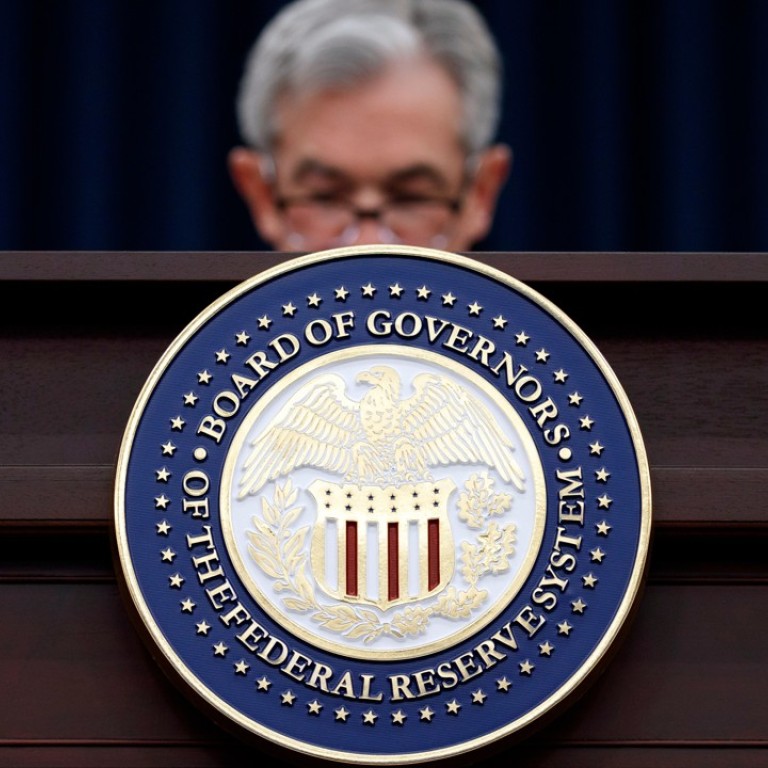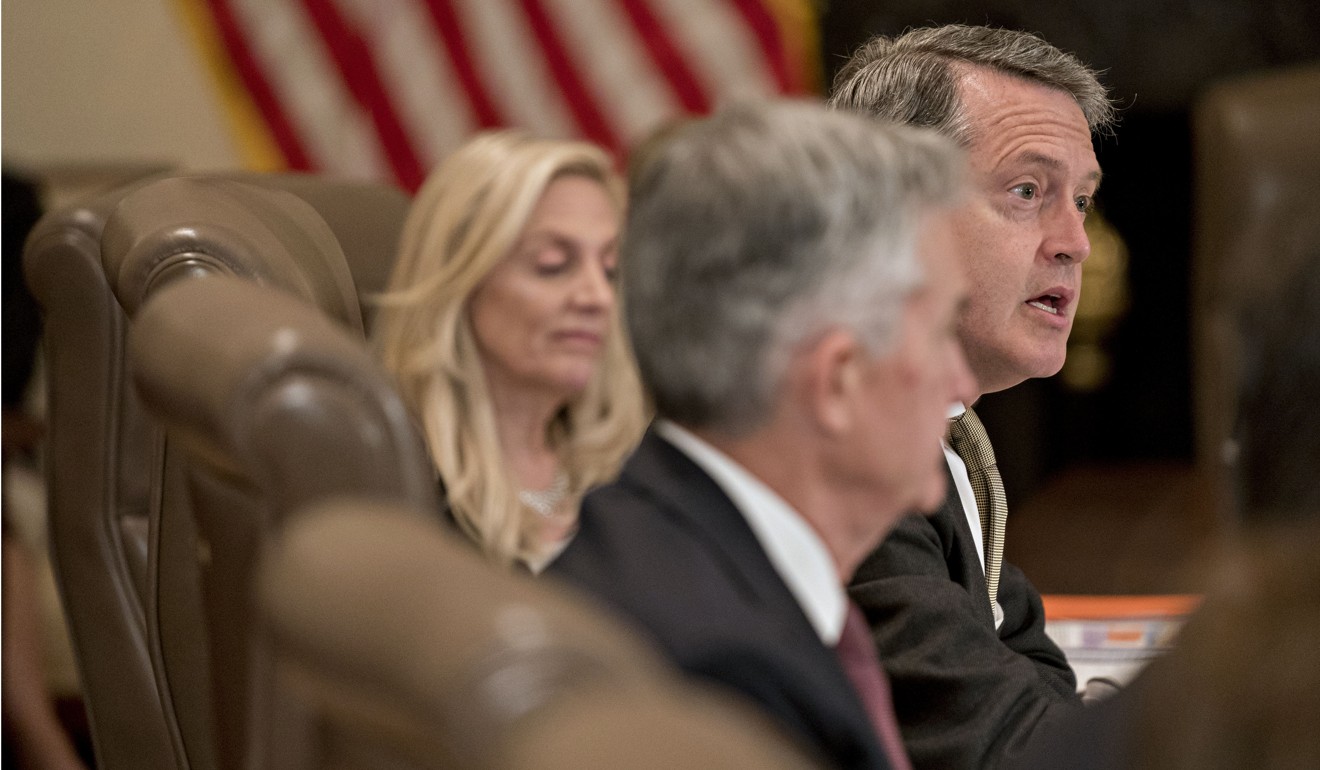
Investors may expect the Fed to blink as the economic outlook darkens. It won’t
- Nicholas Spiro says recent falls in the US dollar and bond yield reveal markets are – again – reading too much into statements by central bankers
- Despite the stock stumbles and signs of a slowing economy, there are more reasons for the Fed to keep up its interest rate hikes than reverse course
Emerging market currencies have enjoyed a respite of late. Since falling to its lowest level this year on September 11, the MSCI Emerging Markets Currency Index, a gauge of the performance of developing market currencies, has since risen 1.6 per cent, with most of the increase occurring in November. Even some of the most vulnerable currencies, such as the Turkish lira and the South African rand, have experienced sharp gains since early September.
This is mainly due to the recent swings in the US dollar which, following a strong rally between April and August, has been more volatile in recent months. The dollar index – a measure of the performance of the greenback against a basket of its peers – shot up to its highest level this year on November 12 but has since lost 0.8 per cent.
These comments, which were treated by bond markets as distinctly dovish, were enough to cause a sharp repricing of interest rate expectations. The policy-sensitive two-year Treasury yield has dropped 15 basis points since November 7 to 2.81 per cent while investors are now pricing in just under half of the three additional rate hikes forecast by the Fed in 2019, according to data from Bloomberg.

Markets are sensitive to any sign that the Fed is backing away from its plan to keep raising rates because of long-standing concerns that the US central bank is at risk of committing a policy mistake, given the relatively subdued level of inflation. On Tuesday, the 10-year “break-even” rate – a market measure of investors’ expectations of US inflation over a 10-year period – fell below 2 per cent for the first time this year, accentuating the growing nervousness in markets about a slowdown in growth.
The latest fund manager survey published by Bank of America Merrill Lynch last week revealed that investors are the most bearish on the outlook for the global economy since 2008. Asset managers who took part in the survey also reduced their exposure to the popular technology sector to the lowest level since 2009 and are increasingly concerned about US corporate debt. These are the two areas in markets that have come under the most strain over the past several weeks. The “FAANG” group of tech stocks – Facebook, Apple, Amazon, Netflix and Alphabet's Google – which have powered America’s stock rally, have lost US$1 trillion in market value since early October, according to the Financial Times.

Yet while bond investors may think the Fed is about to blink, there is no indication that the US central bank is getting cold feet.
Tim Duy, a leading Fed watcher at the University of Oregon, notes that such a rate is significantly above the Fed’s estimates of potential growth, meaning that inflationary pressures, although well anchored for the time being, will persist. This is “not an environment in which the Fed is likely to call off rate hikes”, Duy argues.

Moreover, investors should be careful what they wish for. If the Fed were to suddenly call an end to its rate-hiking cycle, it would send a worrying signal about the health of America’s economy. While this could still happen if the US central bank ends up raising rates too quickly and triggers a downturn, the increasing vulnerability of the global economy makes it more likely that the Fed – whose rate increases are already very cautious by historical standards – will tread carefully.
A respite for oversold emerging market currencies is to be welcomed. But a confident Fed is much better for broader sentiment than a fearful one.
Nicholas Spiro is a partner at Lauressa Advisory

